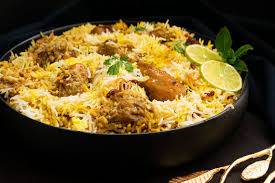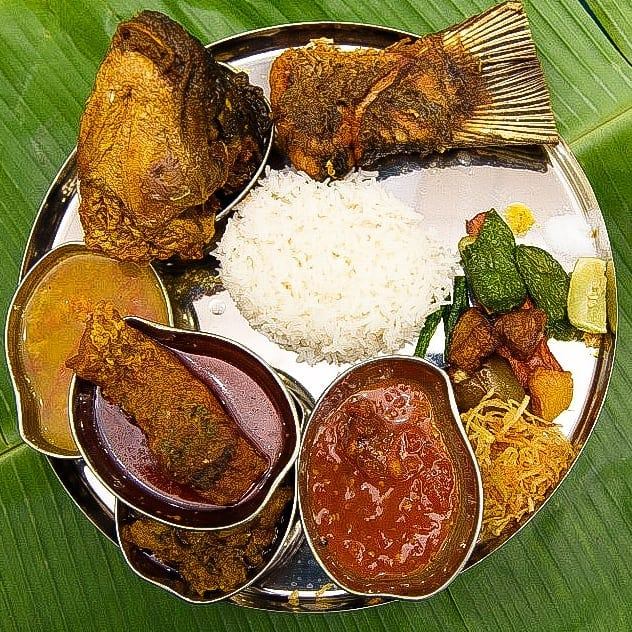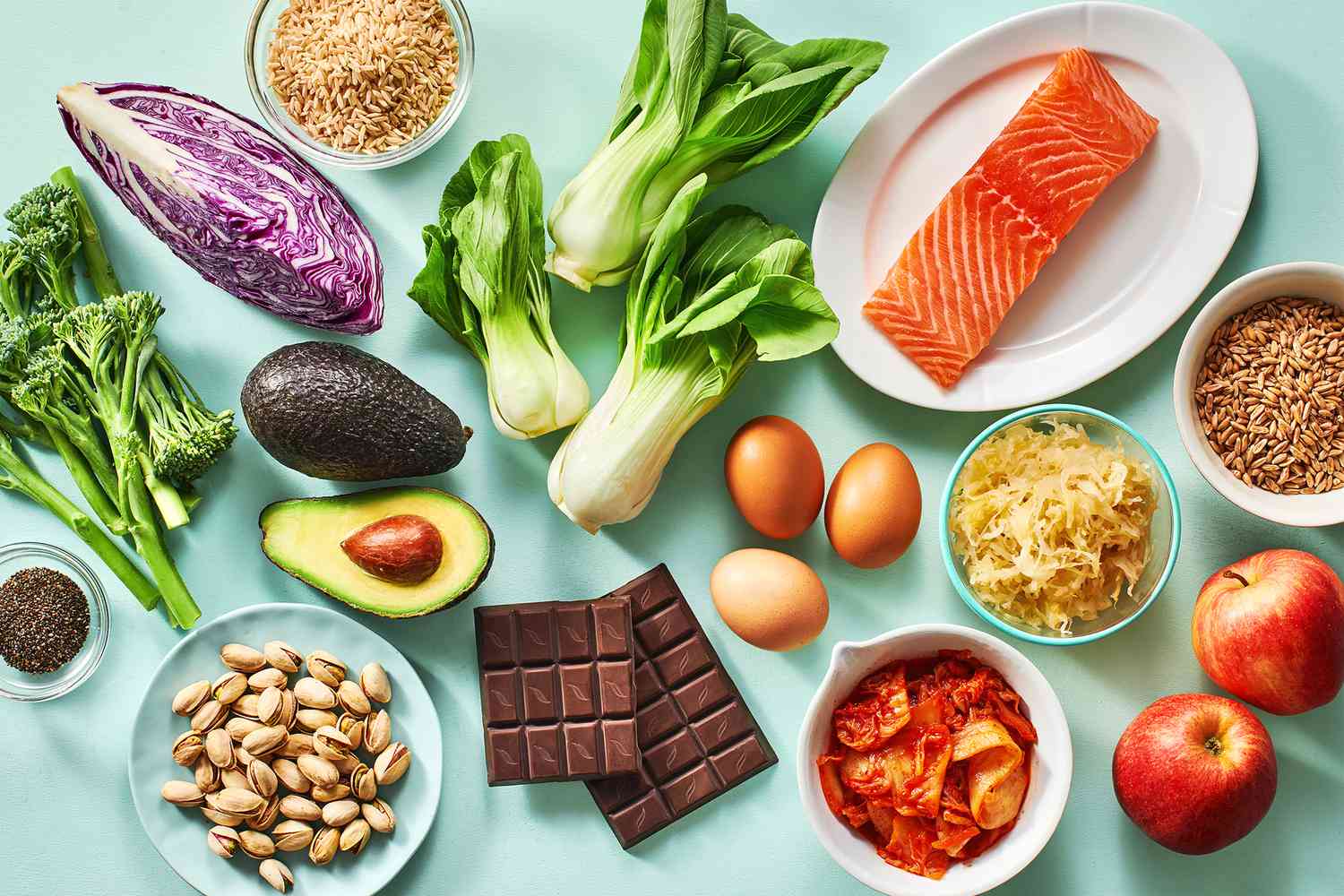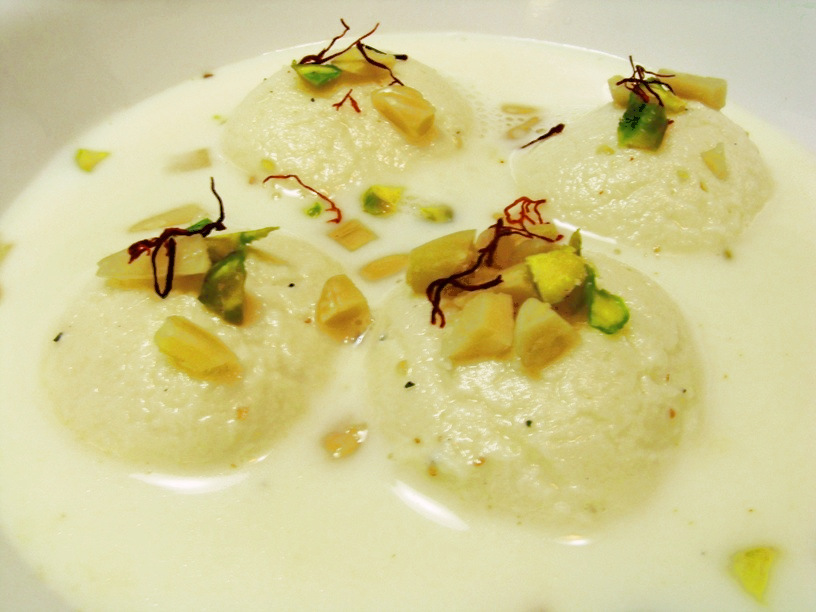The Traditional Bengali Food
Introduction
Bengali food, steeped in tradition and history, emerges from the fertile lands of the Bengal region, encompassing both Bangladesh and the Indian state of West Bengal. Renowned for its rich flavors and diverse culinary techniques, Bengali food is a vibrant tapestry woven with the finest ingredients and a variety of cooking styles that reflect the region’s geography and culture.
Cuisine the essence of Bengal’s culinary heritage
At the heart of Bengali cuisine lies its staples: rice and fish. Rice, as the predominant carbohydrate, is served with almost every meal, often accompanied by an array of dishes that bring forth the essence of Bengal’s culinary heritage. Fish, particularly, holds a significant place in Bengali hearts. With the vast network of rivers and the Bay of Bengal, Bengali cuisine boasts a plethora of seafood options – from the prized hilsa (ilish) to the subtle flavors of freshwater fish like rohu and catla. The nuances of taste achieved through the use of various cooking methods, such as frying, steaming, and grilling, elevate these ingredients to gourmet status.

The art of Bengali cooking
The art of Bengali cooking is further enriched by the liberal use of mustard oil, a staple fat that is not only healthy but also imparts a distinctive flavor to dishes. This oil is often the foundation for many recipes, providing a robust base for the spices that are crucial to Bengali cuisine. Mustard seeds, cumin, nigella (kalonji), and fenugreek are commonly used, each adding its unique character and aroma to the food.

Bengali food is renowned for its balance of flavors
Bengali food is renowned for its balance of flavors, a harmony of sweet, sour, and spicy notes in a single dish. This balance is vividly represented in traditional meals, where a plate might include a spicy fish curry, a tangy lentil dish (dal), a vegetable stir-fry, and a generous helping of rice. The spices, often mixed into complex blends known as “masalas,” guide the evolution of flavor in each dish.

Bengali cuisine is also rich in vegetarian options
While fish and rice dominate, Bengali cuisine is also rich in vegetarian options, reflecting the local customs and dietary preferences of many. Dishes made with seasonal vegetables, such as the classic shorshe begun (eggplant in mustard sauce) or chingri malai curry (prawn cooked in coconut milk), showcase the creative and adaptable spirit of Bengali cooking. Potatoes, a common ingredient, are often featured in a myriad of dishes, from simple sides to elaborate curries.
Sweets are an essential part of Bengali dining
Sweets are an essential part of Bengali dining, celebrated for their intricate flavors and textures. From the iconic rasgulla and sandesh to the elaborate mishti doi (sweetened yogurt), desserts often reflect the region’s cultural richness and attention to detail. Festivals and celebrations in Bengal often center around these delectable sweets, highlighting their cultural significance.

Bengali cuisine is a wondrous blend of tradition
In summary, Bengali cuisine is a wondrous blend of tradition, flavor, and art. The emphasis on fresh ingredients, skillful use of spices, and a unique emphasis on seasonal produce makes it a distinctive culinary experience. For those eager to explore the depths of flavor and tradition, Bengali food not only satiates the palate but also offers a narrative of Bengal’s vibrant culture, deeply rooted in its history and the land itself. Whether for the seasoned foodie or the curious novice, Bengali cuisine promises an unforgettable journey through taste and culture.
Harun or Rashid
Batch No 629
